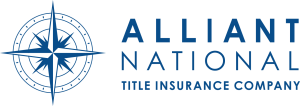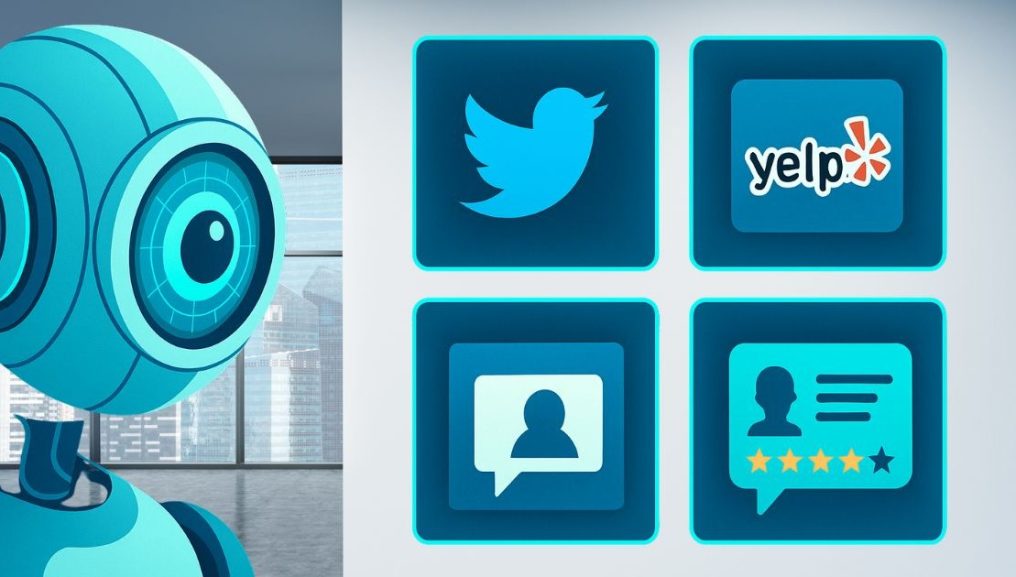Your brand’s reputation is everything; AI can ensure it stays secure By Adam Mohrbacher It will probably come as no surprise that Abraham Lincoln, famously known as “Honest Abe,” once said, “Reputation is like fine china: Once broken it’s very hard to repair.” Although Lincoln lived in the 19th century, his words have never been more relevant to how we …
How Smart Automation Can Strengthen Your Brand
Increase your brand’s impact through the power of AI As the AI era has unfolded, there has been no shortage of stories about how artificial intelligence can accelerate and even replace the work once done exclusively by human marketers. But as impressive as these technologies are, they still can’t build a brand without substantial human oversight. Branding, at its core, …
Strike A Balance Between Automation And Authenticity
Never underestimate the human touch, even in the age of AI The great American writer Ernest Hemingway once penned in The Sun Also Rises that “Things change gradually, then suddenly.” Although he wrote these words around 100 years ago, they have a startling applicability to the world of 2025. Although technological development always seems to be moving forward, the last …
How To Effectively Pitch Journalists In 2025
Get more of your agency’s stories placed with these best practices. In the history of marketing and public relations, few tools have been as important as media pitches. Historically, well-written pitches to journalists have been a reliable way to unlock earned media attention and publicity. Of course, pitching journalists in 2025 looks different than it used to. Rapid advancements in …
Creating A High Value Blog Strategy
Blogging consistently and strategically can elevate your business. They say that there are no certainties in life aside from death and taxes. If I had to add one more, though, it would be the value of a good business blog. Data from Hubspot clearly supports this, with a recent study showing how companies that blog earn three times more organic …
Top Marketing Tips and Trends for 2025
Here’s how you can take your marketing to the next level this year. When you work in marketing for a while, you quickly realize that nothing stays the same for long. Back in the 1990s, for example, unsolicited bulk emails were the order of the day. Then in the 2000s, many businesses became notorious for keyword stuffing to juice their …
The Ultimate Marketing Checklist For Title Agencies
This is the marketing guide you’ve been waiting for. Marketing your title agency can sometimes feel like a beast. And if you’re trying to market while also managing your day-to-day operations, that beast can become a full-on monster—like the legendary Hydra. If you remember your Greek mythology, the hero Hercules struggled greatly when fighting that creature. Every time he cut …
Speak Clearly And Confidently With A Strategic Messaging Framework
In our last marketing blog, we walked through how to put together an effective strengths, weaknesses, opportunities and threats (SWOT) analysis for your agency. SWOTs are a valuable tool for building greater visibility into your agency, but that’s not all. They can also inform other initiatives beneficial to your short- and long-term business goals. Take a strategic messaging framework as just …
Reengage Your Cold Leads with Email Marketing
Have some of your leads gone cold? Reconnect using these tips! Nobody likes to see their email leads go cold, but sometimes it happens despite our best efforts. The trick is not to give up hope, especially when there is no reason to do so. There are many strategies to reignite your dormant prospects. We’ll dig into a few of …
Get a Jump on the Spring Selling Season
Unless you’re a spring chicken, most real estate and title insurance professionals know that as the weather begins to heat up a bit, so does the market. But seizing on business opportunities during this time is not something that happens by accident. Instead, it requires thoughtful, well-executed marketing strategies. Here’s how you can ensure you’re ready for action now that …












